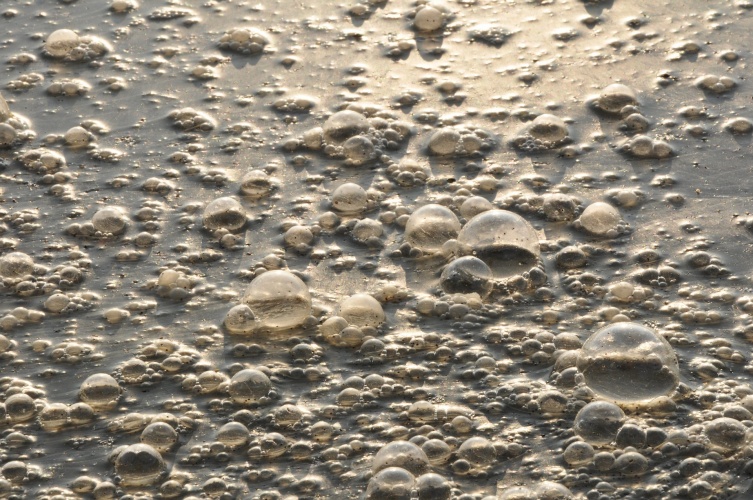
The group claims that its ultrafiltration membrane, which uses graphene oxide and bacterial nanocellulose, could be scaled up and used to provide clean drinking water for people in developing countries. More than one in 10 people in the world lack basic drinking water access, and by 2025, half of the world's population will be living in water-stressed areas,
Developed by Professors Srikanth Singamaneni and Young-Shin Jun, the water filter membrane was made by feeding Gluconacetobacter hansenii bacteria a sugary substance so that they form cellulose nanofibres when in water. The team then incorporated graphene oxide (GO) flakes into the bacterial nanocellulose while it was growing, essentially trapping GO in the membrane to make it stable and durable.
After GO is incorporated, the membrane is treated with a base solution to kill Gluconacetobacter. During this process, the oxygen groups of GO are eliminated, making it reduced GO. When the team shone sunlight onto the membrane, the reduced GO flakes immediately generated heat, which is dissipated into the surrounding water and bacteria nanocellulose.
The team then exposed the membrane to E. coli bacteria and shone light on the membrane's surface. After being irradiated with light for just 3 minutes, the E. coli bacteria died. The team determined that the membrane quickly heated to above the 70 degrees Celsius required to deteriorate the cell walls of E. coli bacteria.
While the bacteria are killed, the researchers had a pristine membrane with a high quality of nanocellulose fibres that was able to filter water twice as fast as commercially available ultrafiltration membranes under a high operating pressure.
When they did the same experiment on a membrane made from bacterial nanocellulose without the reduced GO, the E. coli bacteria stayed alive.
"This is like 3-D printing with microorganisms," Jun said. "We can add whatever we like to the bacteria nanocellulose during its growth. We looked at it under different pH conditions similar to what we encounter in the environment, and these membranes are much more stable compared to membranes prepared by vacuum filtration or spin-coating of graphene oxide."




Nanogenerator consumes CO2 to generate electricity
Whoopee, they've solved how to keep a light on but not a lot else.